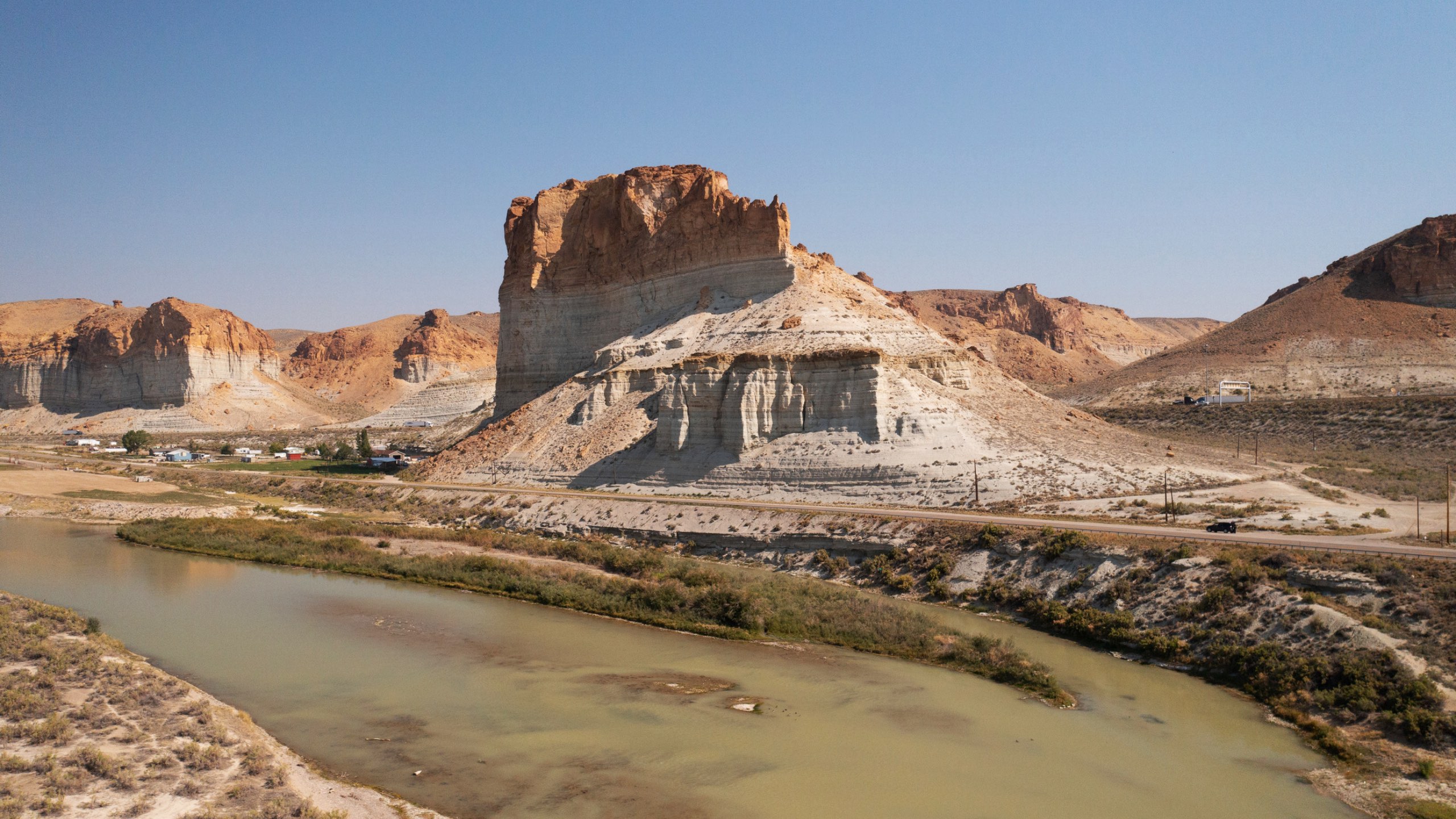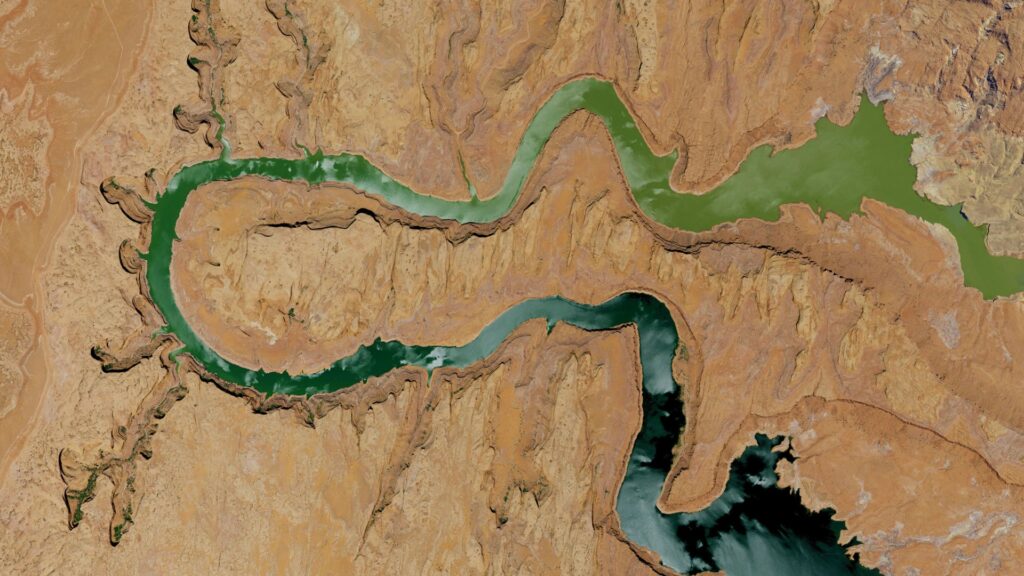
Water Weekly for September 26th
If you can only read three stories about Western Water this week, read these:
1. Leave it to Beaver
In this feature from the University of Wyoming’s Western Confluence magazine, reporter Tesia Lin takes us to Red Canyon Ranch in Wyoming, where land manager John Coffman is restoring beaver to help manage drought and flood. The story notes that “the implementation of beaver dam analogs and encouragement of beaver repopulation outpaces the research,“ which makes pointing to quantifiable benefits challenging. But researchers and ranchers are seeing streams flow longer, more diverse habitats and increasing groundwater and sub-irrigation along watercourses. Of course, beavers are not without challenges for a Red Canyon Ranch. “Messy, multi-faceted tools, they challenge the modern concept of controlling water.” Lin quotes Coffman saying, “Since that situation years ago, we got beavers back creating messes: damming up ditches, plugging up headgates. But we’re trying to approach it a lot differently now.” That means live-trapping and relocating beaver within the ranch and weighing the costs of beaver problems against the value of beaver benefits.
2. Federal ideas reflect little progress toward solving Colorado River crisis
The Colorado Springs Gazette offered this bleak interpretation of announcements Thursday from the Bureau of Reclamation of actions to tackle the mounting Colorado River crisis. Announced actions amounted to “a rehashing of the steps announced in August and contained no new ideas on how to resolve the crisis,” writes reporter Marianne Goodland. The lack of action from the Feds is contrasted with proposals coming forward from “Colorado agriculture’s community, including projects that received funding to address drought this week from the Colorado Water Conservation Board.” The dichotomy reflects the federal government’s relative lack of authority on Western water, with the interstate Colorado River Compact forcing them to find ways to incentivize voluntary solutions. One potentially critical federal actions announced Thursday included authorizing a reduction in Glen Canyon Dam releases in future years to below 7 million acre feet. Upper Basin states are obligated by the Colorado River Compact to deliver 7.5 million acre feet from Lake Powell (behind Glen) to Lower Basin states at Lake Mead. But evaporation has long been a disputed component of the delivery, with Upper Basin states including it in their consumptive use calculations while Lower Basin states do not. Evaporation could account for more than 900,000 acre feet in the Lower Basin.
3. Water authority to present options for Colorado River Basin water crisis
Wyoming’s top water authority will outline the state’s plans for helping address the Colorado River crisis at a public meeting in Pinedale, Tuesday (September 27th). The Green River, which originates in Wyoming’s Wind River Mountains, is the Colorado’s longest and largest tributary. In this report from WyoFile reporter Dustin Bleizeffer in the Casper Star Tribune, we learn that the State Engineer’s Office plans to provide information about “ongoing drought conditions, Wyoming’s rights and obligations under the Colorado River Compact and options to ‘prepare ourselves to not only mitigate impacts to our water users, but to potentially help offset negative impacts to the rest of the system.’”
Get the Water Weekly in your Inbox each week.





